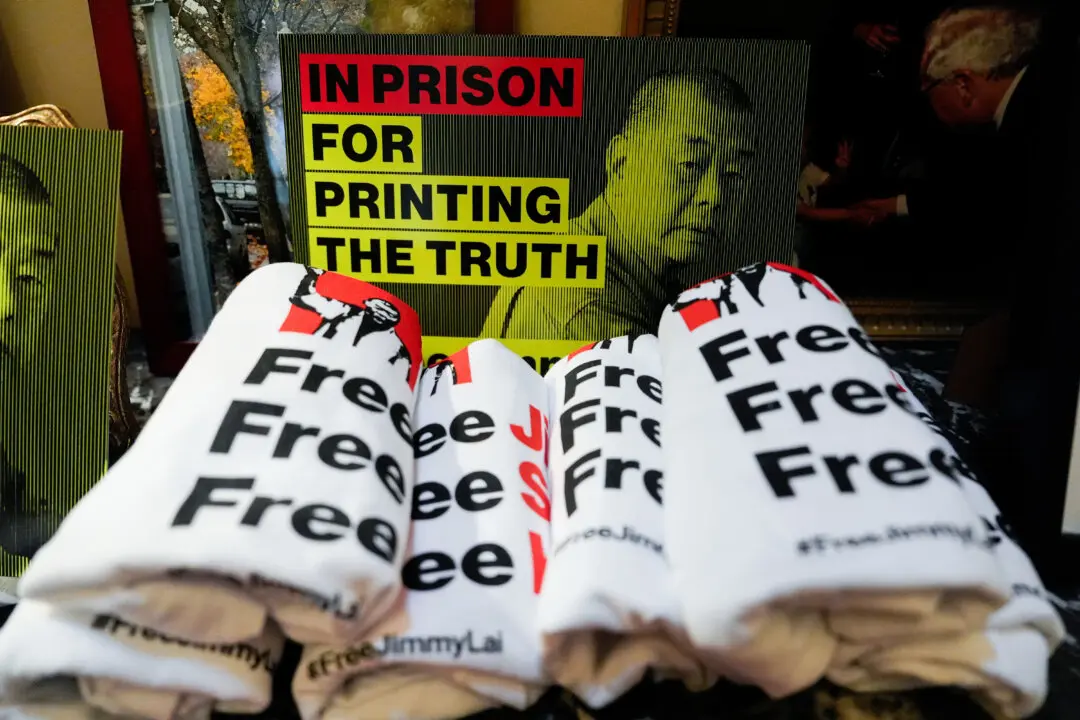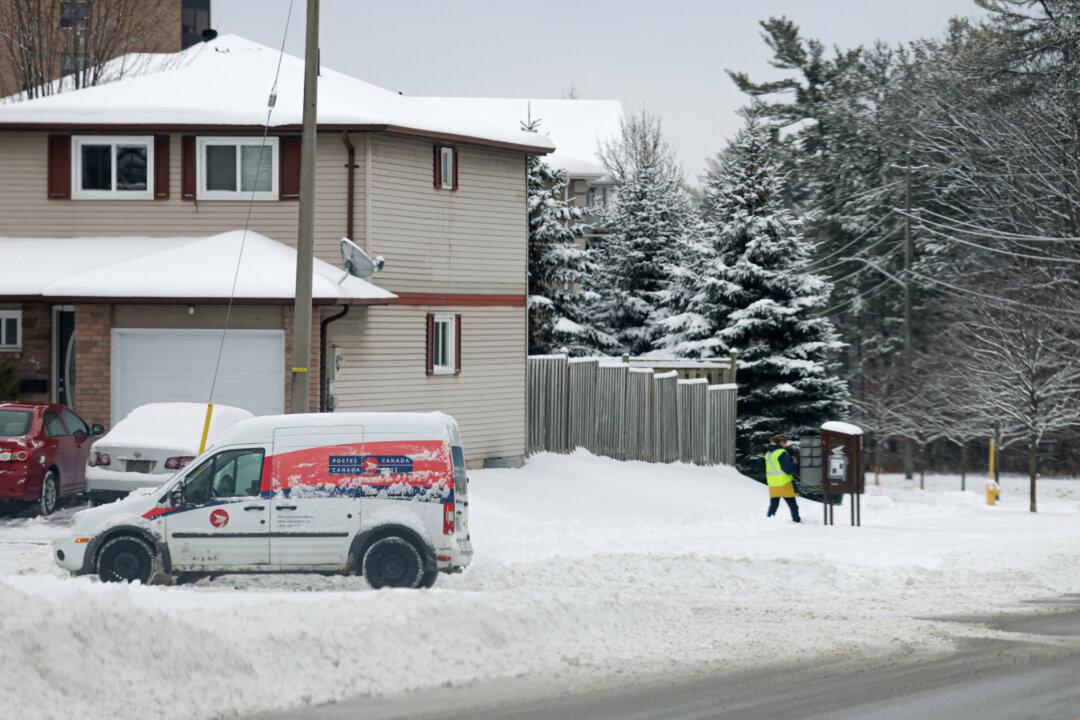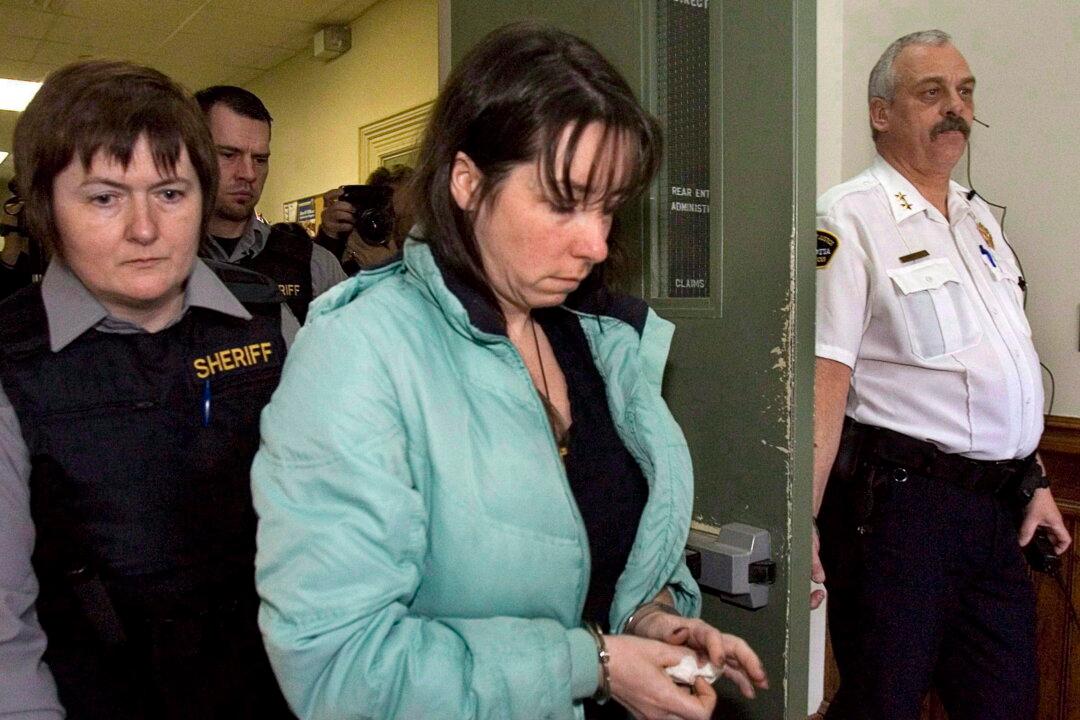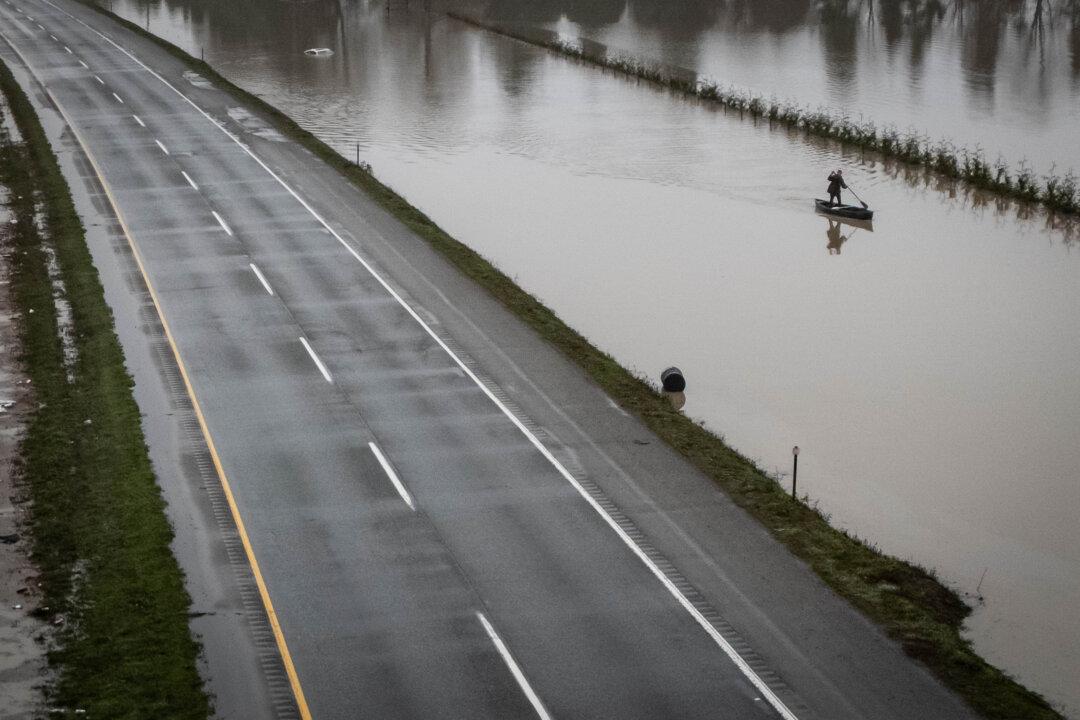GATINEAU, Que.—Doug Alward hasn’t spoken publicly about Terry Fox more than a couple of times in the 35 years since the end of the Marathon of Hope in 1980.
So it was a rare occasion indeed when Alward gave brief remarks Tuesday at an exhibit chronicling Fox’s legacy that opens to the public Thursday at the Canadian Museum of History in Gatineau., Que.
“It just seems like it was yesterday,” said the outwardly shy Alward, who was Fox’s wingman, driver and best friend during the 143-day journey that took them from St. John’s to Thunder Bay, Ont.
The exhibit, which marks the 35th anniversary of the marathon, bluntly walks Canadians through the trials and triumphs that both Fox and Alward faced as they tried to raise awareness and much-needed funds for cancer research.
The planned cross-country run was cut short when it was discovered that the cancer that cost Fox his leg had spread to his lungs.
To this day, what Fox did in 1980 seems impossible and surreal, said Alward.
“Somehow I feel detached from it,” he said, standing in front of a picture of himself driving the Ford van the pair used as their home base during their cross-country fundraising venture.
“Terry is my best friend, and it’s almost like I was too close to him, and involved so much with the run, that I didn’t see how amazing it was.
“It’s quite amazing, now that I look back on it.”
The displays gathered at the museum mark the first time the archival materials have been available for public viewing in one location.
They include Fox’s artificial leg and the very van Alward piloted along their 5,373-kilometre route.
Fox’s marathon struck a chord in Canadians as they followed his journey through media reports—at a time when there was no Internet or 24-hour TV news.
“I looked forward every day to hearing about his progress and seeing him on the evening news,” said Museum of History president and CEO Mark O'Neill.
“And I was crushed—as were all Canadians—when the run came to an end, and I mourned, as did all Canadians, when Terry died.”
As a teenager, Fox was a long-distance runner and basketball player at his high school in Port Coquitlam, B.C., and later at Simon Fraser University. But after being diagnosed with osteosarcoma in 1977, his right leg was amputated.
Determined to continue his athletic pursuits, Fox went on to play wheelchair basketball, winning three national championships.
With an artificial leg, he set his mind to running, and eventually revealed his grand scheme to his friend Alward, asking him to be part of his Marathon of Hope.
Fox had planned to raise one dollar for each person in Canada—$24 million all told at the time.
The annual Terry Fox Run, first held in 1981, has since raised more than $600 million in over 60 countries. The run is now the world’s largest one-day fundraiser for cancer research.
And the 35th anniversary of the run, which began April 12, 1980, is the perfect moment to display the memorabilia that helped to spark that international campaign, said Fox’s younger brother Darrell.
“During the Marathon of Hope and the months that followed, Canadians filled our home ... with scrapbooks, written tributes and gifts reflecting a collective compassion and admiration for Terry’s unselfish act,” he said.
“It’s time to share the Terry Fox collection and the compelling story that the memorabilia evoked with the world.”
The artifacts will be on display from April 2 until Jan. 24, 2016.




